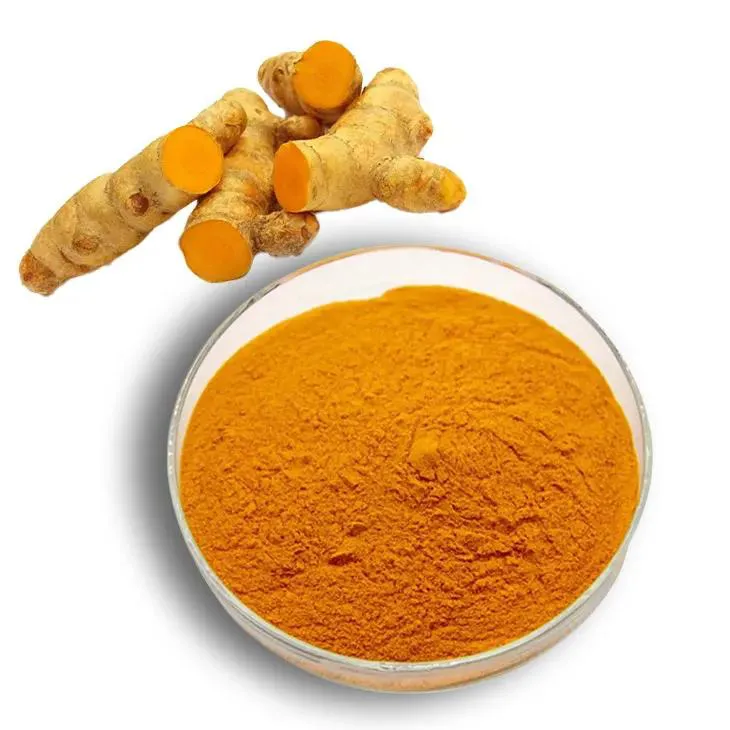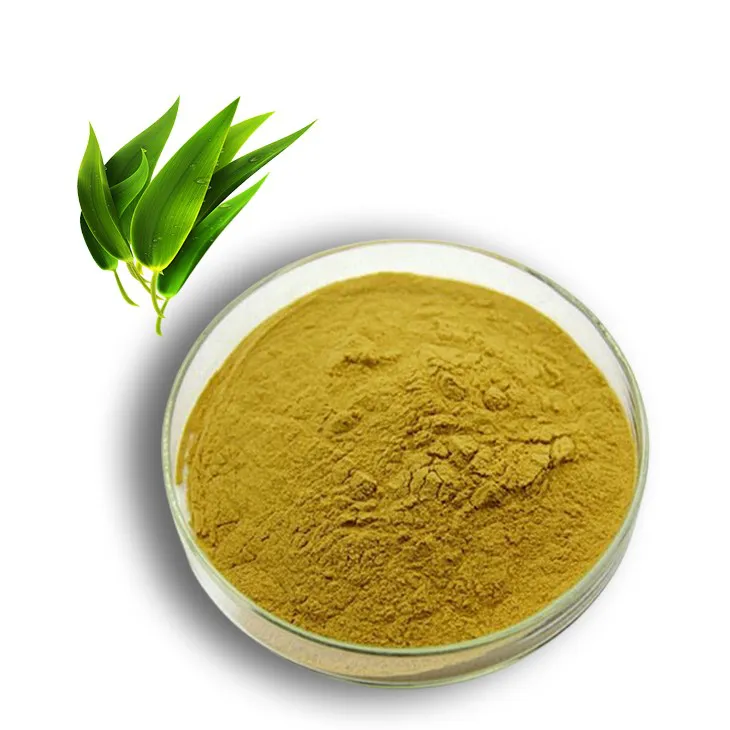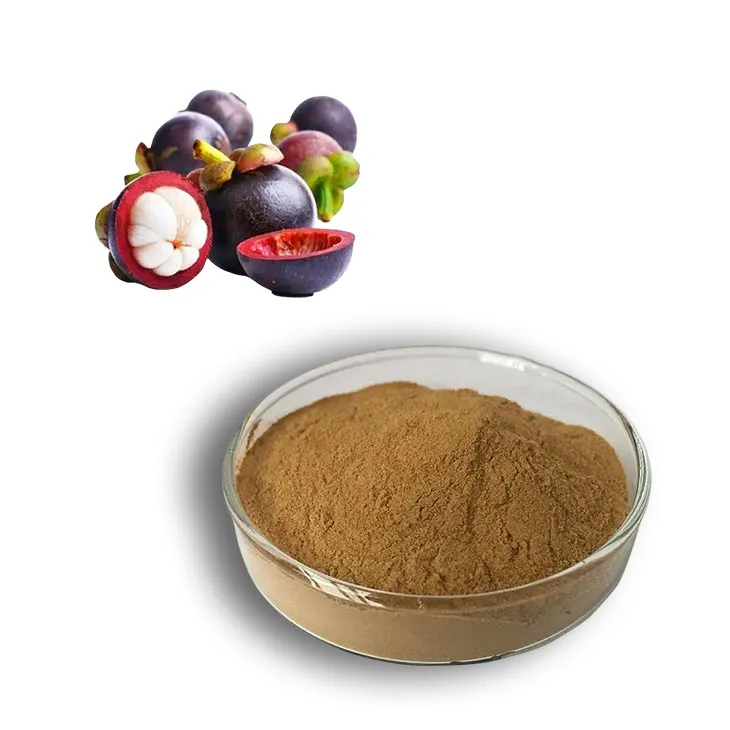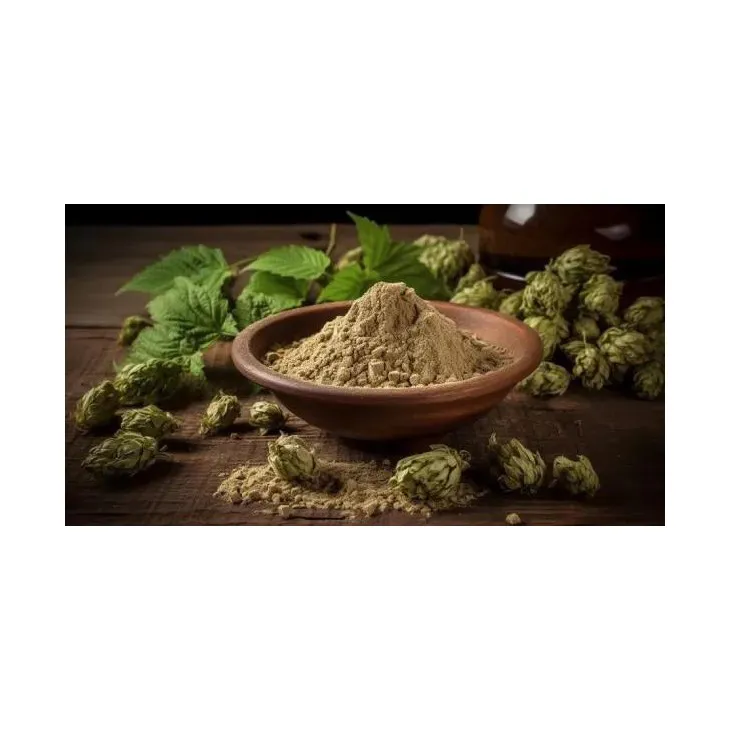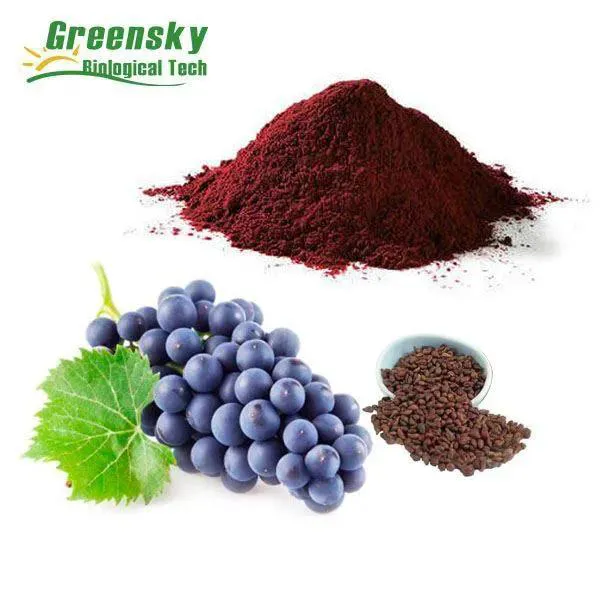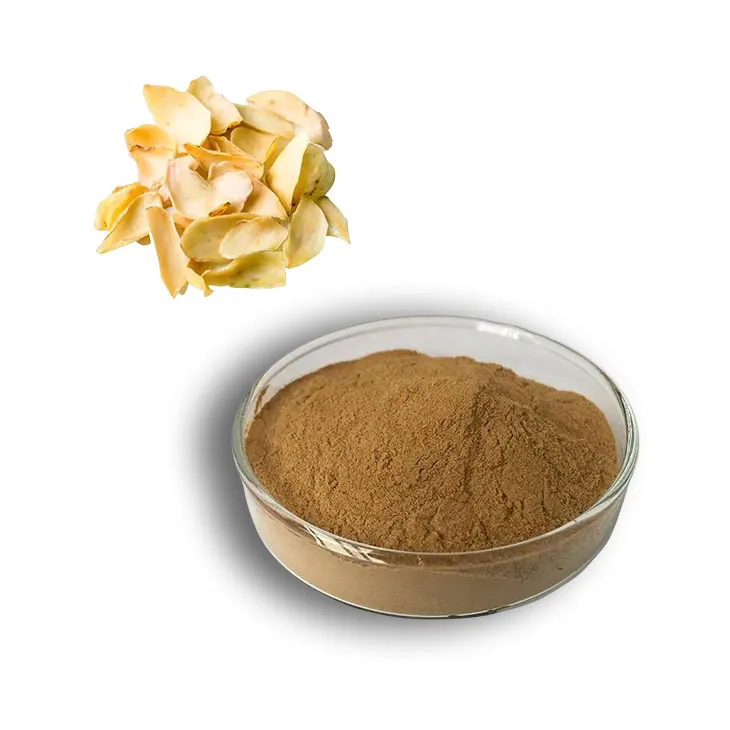- 0086-571-85302990
- sales@greenskybio.com
Are Grape Leaves a Superfood? An In-Depth Exploration
2025-10-30
In recent years, the term "superfood" has been used to describe foods loaded with nutrients that offer numerous health benefits. These foods are often lauded for their high levels of vitamins, minerals, antioxidants, and other essential nutrients, which can contribute to overall well-being. While many people are familiar with popular superfoods like kale, quinoa, and blueberries, grape leaves have also garnered attention for their potential health benefits. This article delves into whether grape leaves deserve the superfood label by examining their nutritional content, health benefits, and culinary uses.
The Botanical Overview of Grape Leaves
Grape leaves are the foliage of the grapevine, a member of the Vitaceae family. These leaves are heart-shaped and vary in size, with a glossy green appearance. They are most commonly harvested from Vitis vinifera, which is the same species of grapevine that produces wine grapes. Grape leaves have been used in various culinary traditions for centuries, particularly in Mediterranean, Middle Eastern, and Balkan cuisines, where they are often used as wrappers for fillings in dishes like dolmades.
Nutritional Profile of Grape Leaves
The nutritional profile of grape leaves is where they begin to shine. These leaves are incredibly low in calories, making them an excellent addition to a variety of dishes without significantly impacting caloric intake. A typical 5-leaf serving of grape leaves contains under 15 calories, 2 grams of carbohydrates, and provides a modest amount of protein.
Grape leaves also offer an impressive array of vitamins and minerals. They are rich in vitamin A, which is vital for maintaining healthy vision, immune function, and skin health. Vitamin K, another nutrient abundant in grape leaves, plays a crucial role in blood clotting and bone health. Additionally, grape leaves contain a good amount of vitamin C, an antioxidant that aids in the repair of body tissues and supports the immune system.
Apart from these vitamins, grape leaves are a source of essential minerals such as calcium, iron, and magnesium. Calcium is necessary for bone and dental health, while iron is vital for oxygen transport in the blood. Magnesium contributes to various biochemical reactions in the body, including energy production and muscle function.
Health Benefits of Grape Leaves
1. Antioxidant Properties: Grape leaves are rich in antioxidants, primarily flavonoids, and polyphenols. These compounds help neutralize harmful free radicals in the body, potentially reducing the risk of chronic diseases like cancer, heart disease, and neurodegenerative disorders. Regular consumption of antioxidant-rich foods has been linked to a lower incidence of these conditions.
2. Anti-inflammatory Effects: Chronic inflammation is at the root of many serious health conditions. The anti-inflammatory properties of grape leaves, attributed to their polyphenolic content, can help mitigate inflammation, offering protective benefits against diseases such as arthritis and inflammatory bowel disease.
3. Cardiovascular Health: The nutrients in grape leaves contribute to cardiovascular health. The high levels of potassium in grape leaves help regulate blood pressure by counteracting the effects of sodium. Additionally, the fiber content in grape leaves can help lower cholesterol levels, reducing the risk of heart disease.
4. Digestive Health: Fiber is crucial for maintaining a healthy digestive system, and grape leaves contain a good amount of dietary fiber. Fiber aids digestion by promoting regular bowel movements and preventing constipation. Furthermore, grape leaves have been traditionally used to soothe the gastrointestinal tract and may have a mild astringent effect that is beneficial for treating diarrhea.
5. Bone Health: As a source of calcium and vitamin K, grape leaves support bone health. Vitamin K is essential for the synthesis of proteins that regulate bone mineralization. Adequate intake of vitamin K and calcium from natural sources is associated with improved bone mineral density and a lower risk of osteoporosis and fractures.
Culinary Uses of Grape Leaves
Grape leaves are incredibly versatile and feature prominently in the culinary traditions of several cultures. One of the most popular dishes using grape leaves is dolma, a Mediterranean and Middle Eastern delight. Dolma consists of grape leaves stuffed with a mixture of rice, herbs, spices, and sometimes meat. These delicious parcels are often served as an appetizer or a main course and can be eaten cold or warm.
Beyond dolma, grape leaves can be used in salads, soups, and stews. They can also be pickled, adding a tangy flavor to various dishes. Their mildly tart and slightly tangy flavor complements a wide range of ingredients, making them a favorite among chefs and home cooks alike. When working with grape leaves, it is important to blanch or boil them briefly to soften the leaves and make them more pliable for wrapping.
Are Grape Leaves a Superfood?
Determining whether grape leaves qualify as a superfood depends on the criteria used to define superfoods. If superfoods are defined as nutrient-dense foods that offer health benefits and reduce the risk of chronic diseases, then grape leaves certainly fit the bill. They are packed with vitamins, minerals, fiber, and antioxidants, all of which contribute to a healthy diet.
Moreover, the health benefits associated with grape leaves—ranging from cardiovascular support to anti-inflammatory effects—bolster their status as a valuable dietary addition. However, it is important to remember that no single food can provide all the nutrients necessary for good health; rather, a balanced diet comprising various nutrient-rich foods is essential.
Conclusion
Grape leaves are a nutritional powerhouse that deserves consideration as a superfood. With their rich array of vitamins, minerals, and antioxidants, they offer numerous health benefits, from promoting cardiovascular health to supporting bone health and digestion. Their versatility in the kitchen makes them a delightful and healthy addition to any diet. While grape leaves may not be as trendy or well-known as some other superfoods, their nutritional benefits are undeniable, reinforcing the idea that nature often provides us with some of the best solutions for our health needs. As we continue to explore and appreciate varied diet options, grape leaves can undoubtedly play a part in enriching both our nutrition and our culinary experience.
Visit Greenskybio.com, a great article source where you can learn about Supplements and their health benefits, you also can get the latest food Supplements. Green Sky Bio provides the best extracts and supplements. It is a Chinese self-developed brand that is trustworthy! Welcome to email us to inquire about our products.
- ▶ Hesperidin
- ▶ Citrus Bioflavonoids
- ▶ Plant Extract
- ▶ lycopene
- ▶ Diosmin
- ▶ Grape seed extract
- ▶ Sea buckthorn Juice Powder
- ▶ Fruit Juice Powder
- ▶ Hops Extract
- ▶ Artichoke Extract
- ▶ Mushroom extract
- ▶ Astaxanthin
- ▶ Green Tea Extract
- ▶ Curcumin
- ▶ Horse Chestnut Extract
- ▶ Other Product
- ▶ Boswellia Serrata Extract
- ▶ Resveratrol
- ▶ Marigold Extract
- ▶ Grape Leaf Extract
- ▶ New Product
- ▶ Aminolevulinic acid
- ▶ Cranberry Extract
- ▶ Red Yeast Rice
- ▶ Red Wine Extract
-
Curcuma Longa Extract
2025-10-30
-
Bamboo Leaf extract
2025-10-30
-
Natural grape seed extract
2025-10-30
-
Mangosteen extract powder
2025-10-30
-
Garcinia Cambogia Extract
2025-10-30
-
Hawthorn powder
2025-10-30
-
Uridine-5'-monophosphate Disodium salt
2025-10-30
-
Grape Seed Extract
2025-10-30
-
Beetroot Powder
2025-10-30
-
Lily extract
2025-10-30











